Affiliate links on Android Authority may earn us a commission. Learn more.
Does the future of audio remain tied to mobile?
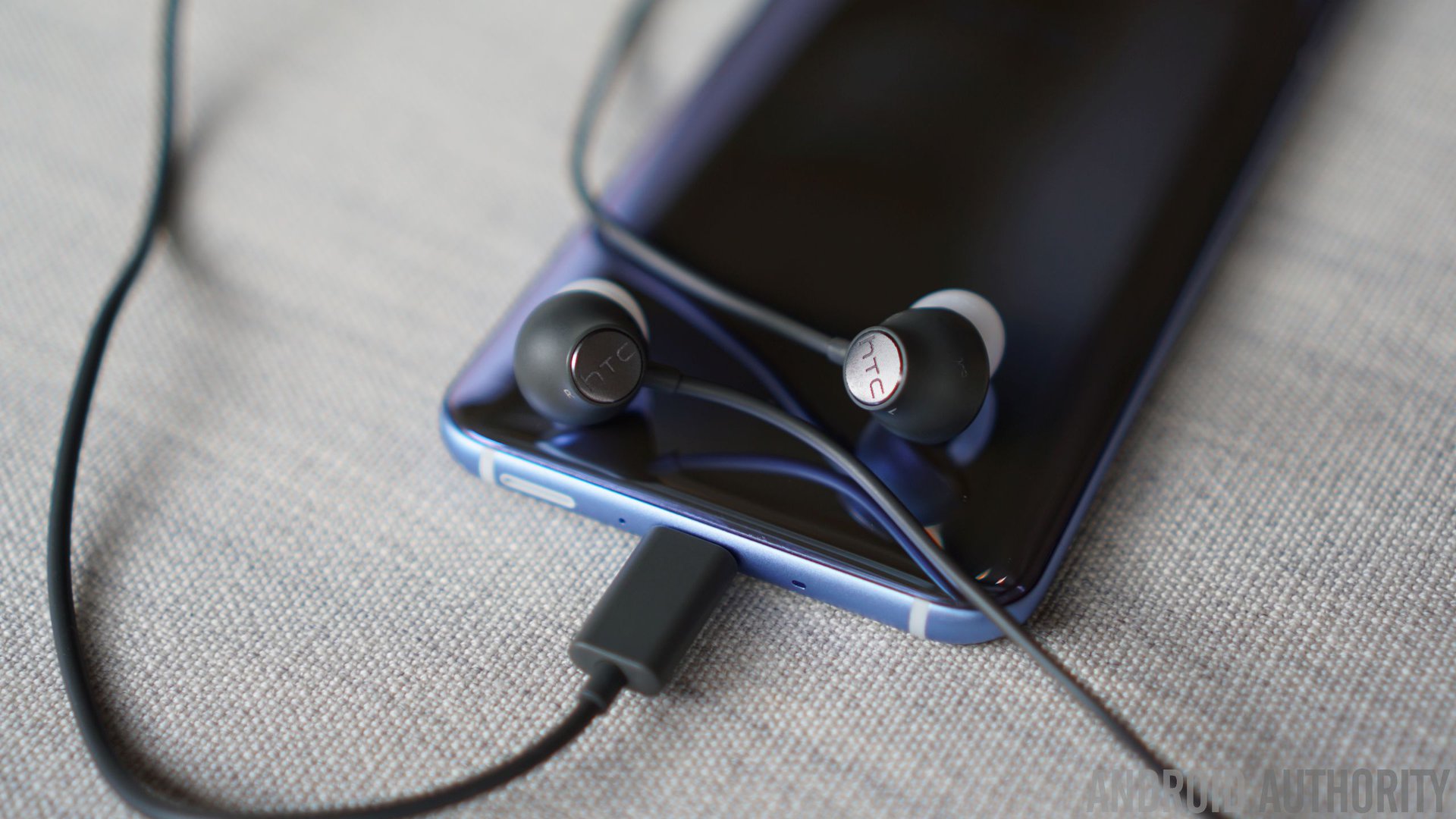
The smartphone replaced the MP3 player and iPod as nearly everyone’s portable music player of choice, but are newer technologies right around the corner about to replace it? I would wager not. Streaming services seem more popular than ever, plus we can take TV and film with us on the go with our supersized modern screens. In fact, more and more new audio innovations appear to be increasingly reliant on smartphones as a central hub.
However, the audio and media markets are moving fast, shifting to make the most of new technological innovations and trends. So things might not look the same in just a few years time.
The center of your streaming universe
Stand-alone headphones or hearables with their own 4G streaming capabilities aren’t a thing (yet?), so we’re still very much dependant on the smartphone as the data hub for music on the go. The situation is similar in the home. Consumers have been quite keen to pick up Bluetooth speakers, allowing them to stream music from their phone around their home with ease. Not only that, but it’s the perfect way to let guests connect up to your home speakers too. Of course there are other ways to stream your music collection wirelessly around the home, but Bluetooth and a paired up smartphone remain the most convenient.
The smartphone may not be entirely safe in the home though. Smart Home products from Google and Amazon support music playback through a small selection of services, without having to connect your phone to the hub. That’s a sensible move given that these devices are connected directly to the web. However, without a display, managing a large music collection simply through voice commands remains impractical, so consumers are still likely to rely on phones, tablets, or laptops to keep on top of their collections.
These principles aren’t just limited to the home though, the automotive industry is also increasingly looking to make their cars smarter and better connected, which fits right into the smartphone’s wheelhouse. Streaming music to your car’s speaker is already a well established feature, as is tethering navigation applications such as Android Auto. Luxury manufacturers are even implemented driver profiles when their phone connects up to the onboard computer, so it’s likely that the smartphone will become a profile “key” for a number of related technologies going forward.
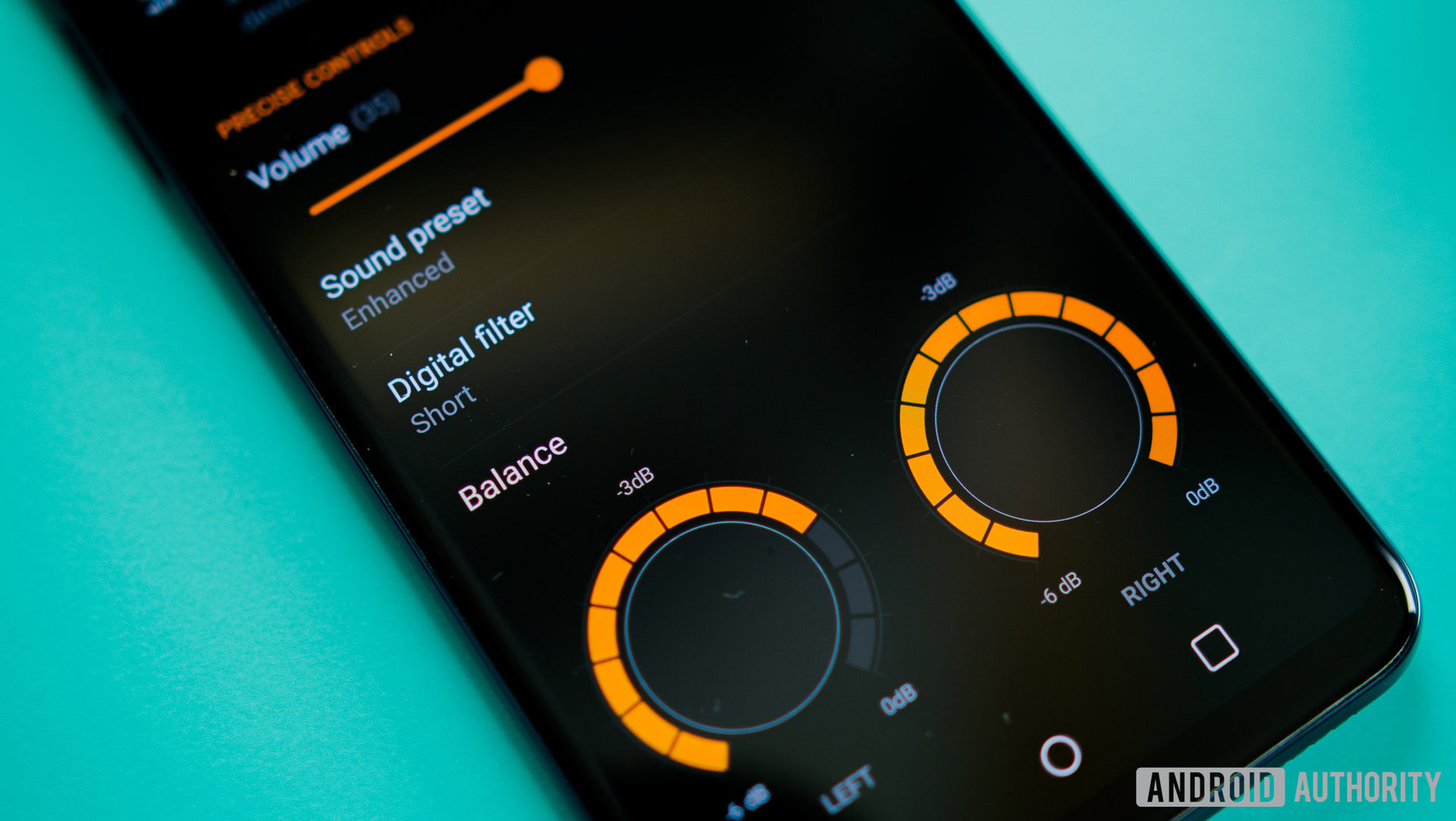
High fidelity listening
In the past, the strictest audiophiles tended to steer clear of smartphones, or at least augment their experience with an external USB DAC, in order to achieve the best fidelity playback. This hasn’t strictly been necessary for a few flagship generations now, as some smartphone OEMs have put a big emphasis on including high-end third party audio components in their phones.
Default SoC playback hardware has also continued to improve and is trickling down to lower cost hardware options as well. Not forgetting that Bluetooth streaming has come and leaps and bounds too, with aptX HD and LDAC supporting higher quality files over the air with minimal compression, minimising the need to worry about your phone’s audio circuitry.
On top of that, Sony is pushing Hi Res audio with all of its major smartphone releases, and LG has become the first mobile company to support the music industry’s new MQA file format. Even streaming services are now accommodating higher quality file types so that you can take top-notch audio on the go with a simple phone app. Even if you’re an audiophile, listening on your smartphone is no longer taboo.
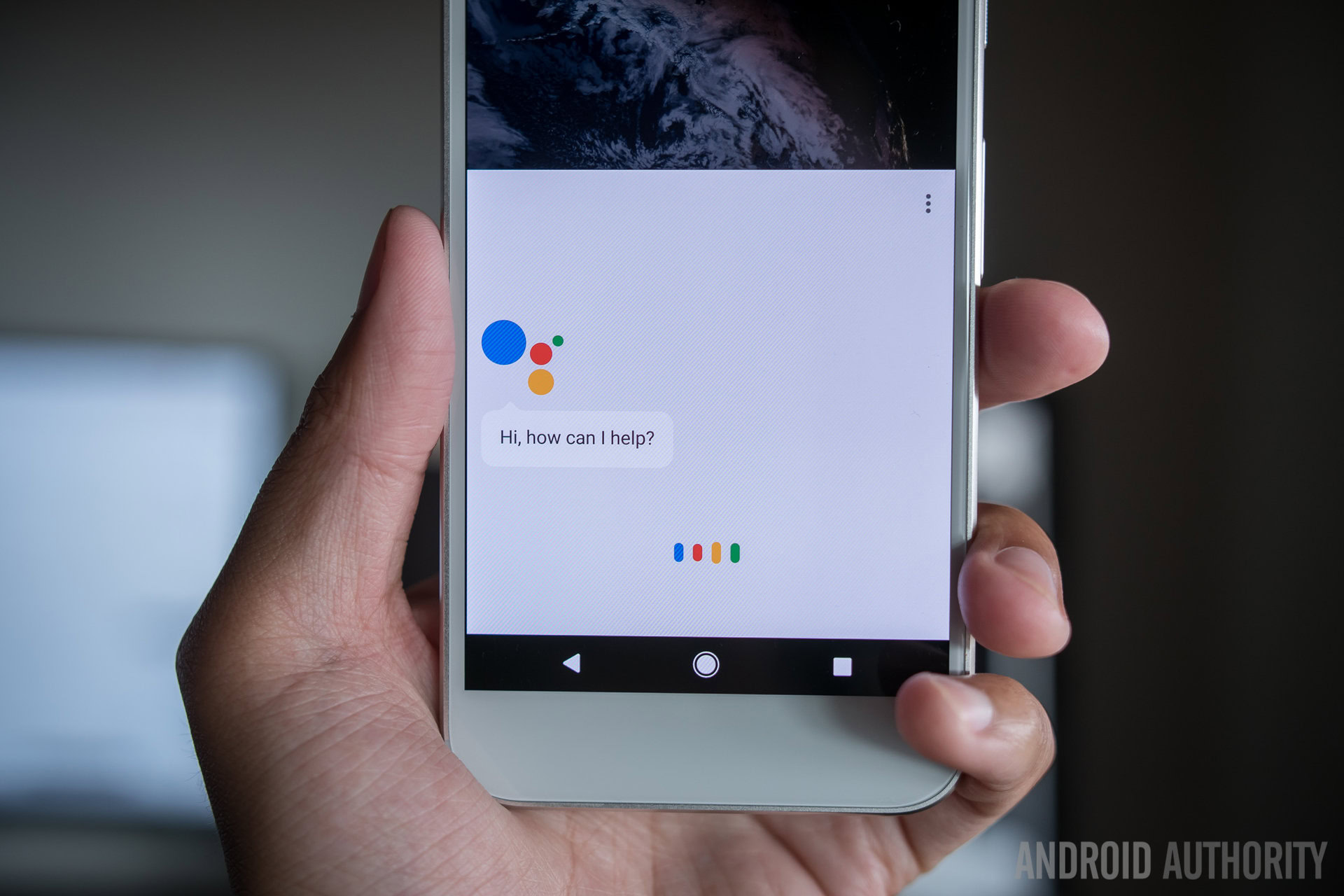
Mobile smart assistants
Audio doesn’t just encompass music anymore, today’s smart devices are just as sought after for their ability to listen to us. “Hearables” are still in their infancy, but with Siri supported by Apple’s Earpods, Sony with its Xperia Ear, and Google reportedly working on its “Bisto” smart headphones, the market looks set to be the next big product push, or gimmick depending on your point of view.
As most consumers probably make use of their phone’s headphones for music, radio, or audio-books, baking in some smart assistant technology (another trend or fad that certainly doesn’t appeal to everyone) seems like a logical next step. The one attribute that all of these products share in common though is that they still rely on a smartphone to communicate.
These are a few reasons why a phone is required, none of which will be overcome anytime soon. The biggest one is probably battery life. There’s no feasible way for a small in-ear device to pack in a large enough battery to handle advanced voice recognition on device. Instead, it makes the most sense to fire this off to a phone app, that can handle the processing and also send and receive data from any cloud servers. Not to mention the extra power and size that would be required to pack an LTE modem into your headphones too.
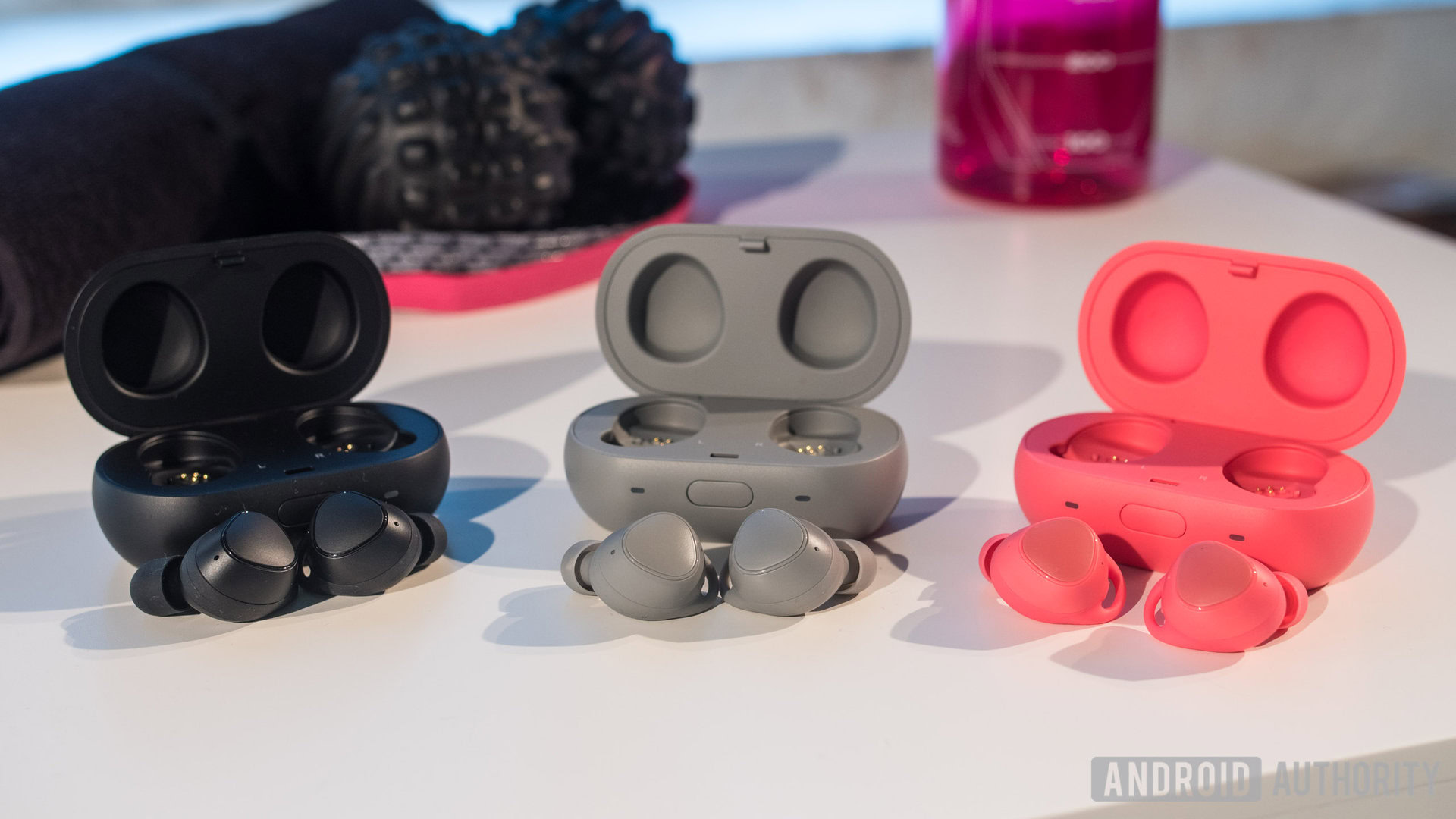
Perhaps one-day hearables will be free from tethering to a smartphone, just as some LTE capable smartwatches are. But those aren’t going to be a reality in the near term.
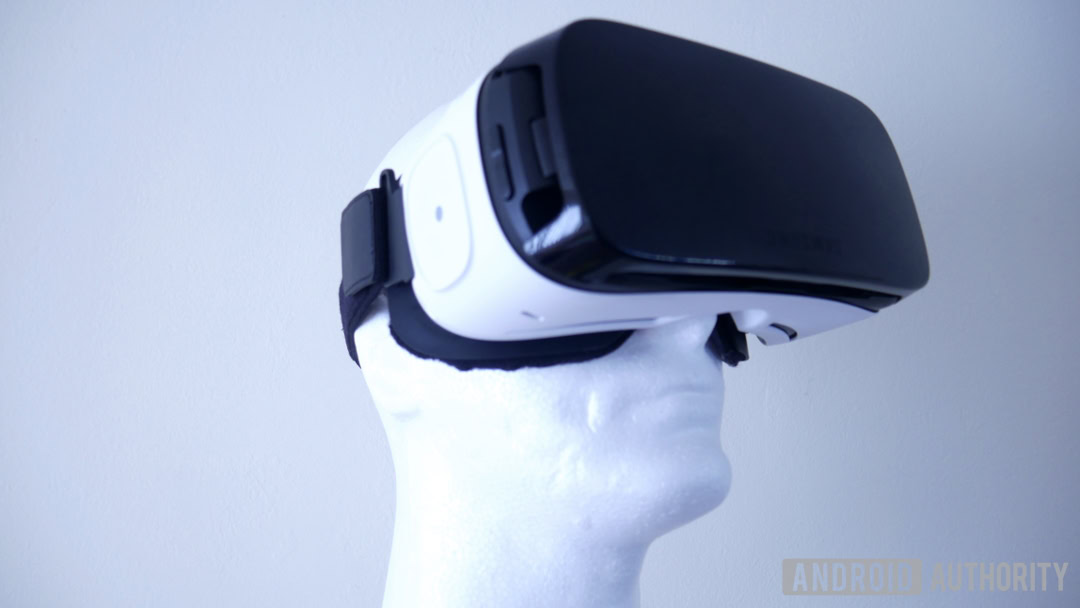
Virtual reality and interactive experiences
Modern audio isn’t just about portable music, it’s as much involved in film and and emerging media like virtual reality too. Binaural and surround sound audio is an important part of vision based virtual reality, but new audio based experiences are also on the cards. One such example includes Inside Music, an interesting interactive experience that lets users tinker with music tracks inside a full 360-degree view. Other initiatives include 360 degree performance streaming being kickstarted by companies like Napster and Live Nation, both of which support smartphone based VR hardware.
Of course, virtual, augmented, and mixed reality encompasses a huge range of devices, and a number of big names already have major stakes in carving out their own as the lead platform. However, mobile has stood out as an attractive AR and VR platform not because of the hardware, which frankly isn’t as powerful as dedicated kit and spec heavy PCs, but because it’s highly accessible.
Mobile might not ever be the lead VR platform for gamers, but when it comes to less hardware intensive audible and visual experiences, like streaming live concerts or sitting in a virtual cinema with friends, smartphones are likely to be the bigger target market.
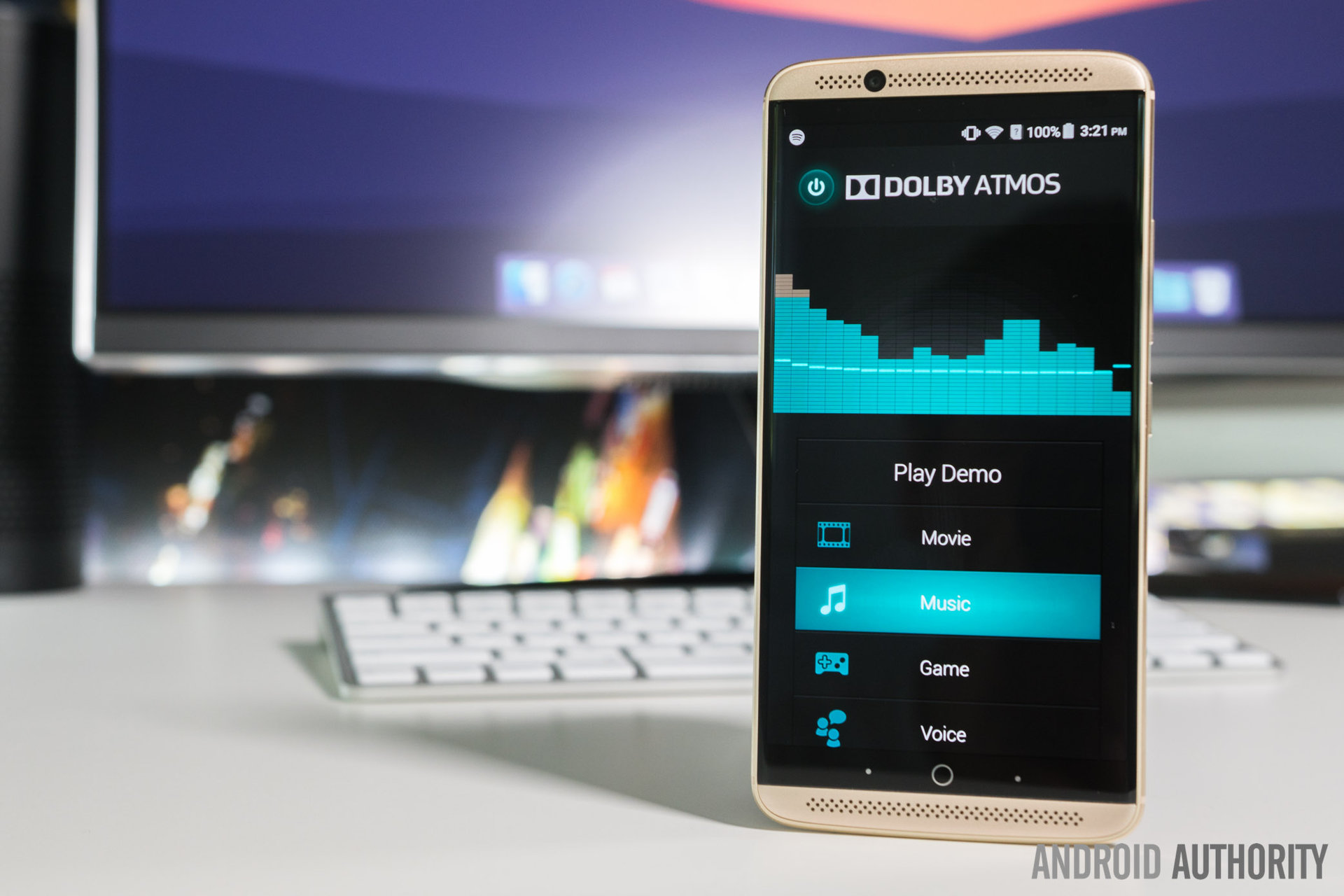
Wrap Up
Ultimately the smartphone is most people’s portable music player and there’s little sign that a new technology is going to replace it anytime soon. If anything, smartphones are closing the gap on the highest fidelity audio hardware, while also supporting new experiences and emerging technology.
Unlike the Walkman, mini-disc player, or even the iPod, smartphone hardware has continued to evolve over the years and as a result continues to nestle very comfortably alongside the audio market. It’s certainly not a given that we’ll still be using our phones for every audio tasks in a decade’s time, but in the near future it appears that our phones are going to be just as if not more important to our connected audio experiences than ever before.